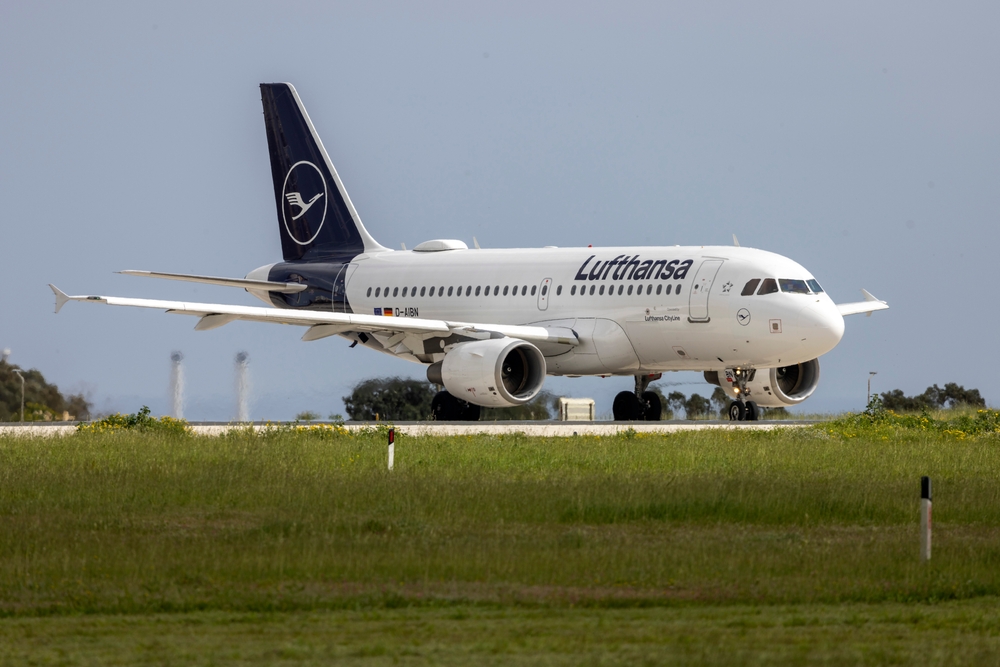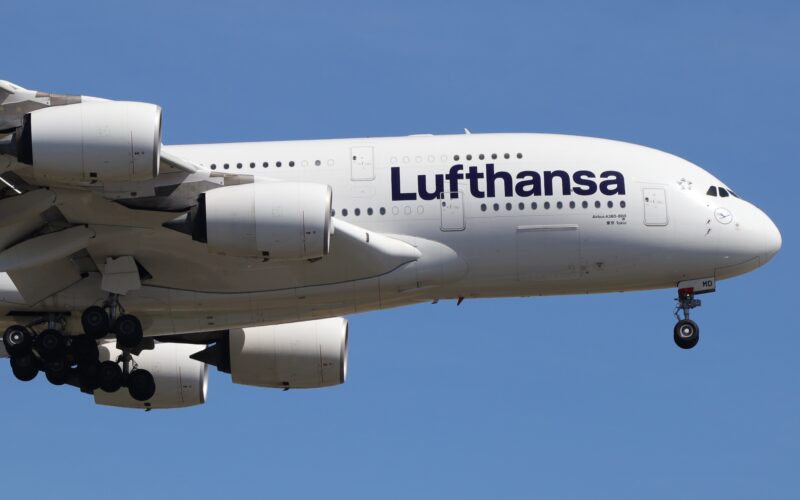The Lufthansa Group has signed a contract with Airbus for the pre-purchase of verified and durable carbon-removal credits representing 40,000 tons of carbon dioxide (CO₂). Airbus will issue the carbon-removal credits through its ACCO (Airbus Carbon Capture Offer) service.
The carbon credit certificates will be available from 2026, and an annual purchase of carbon-removal credits of 10,000 tons of CO₂ has been agreed between the parties for four years. The signing of the contract follows a joint declaration of intent signed in 2022.
Then Lufthansa Group states that it is committed to reducing CO₂ in the atmosphere. The so-called Direct Air Carbon Capture and Storage (DACCS) technology filters CO₂ from the air and stores it permanently. The Lufthansa Group has been exploring this innovative process for many years and sees it as a complementary instrument in its sustainability strategy.

“The Lufthansa Group is strongly committed to making air transport more sustainable and to achieving net zero carbon emissions by 2050,” said Caroline Drischel, Head of Corporate Responsibility at the Lufthansa Group. “This includes billion-euro investments in continuous fleet modernization and our strong commitment to Sustainable Aviation Fuels. Technical CO₂ removal solutions like advanced and direct carbon capture and storage processes will play a complementary role in achieving our decarbonization goals.”
“The Lufthansa Group was one of the first aviation companies to work with Airbus to explore the potential of direct air carbon capture and storage solutions,” said Nicolas Chrétien, Head of Environment & Sustainability at Airbus. “As the aviation industry moves towards net zero CO₂ emissions by 2050, carbon removal will play an important role in addressing remaining emissions. We are pleased to go one step further with the Lufthansa Group and keep up the momentum to make decarbonized air travel a reality.”
How does DACCS technology work?
Direct Air Carbon Capture and Storage is a high-potential technology that filters CO₂ emissions directly from the air using high-powered fans. Once removed from the air, the CO₂ is stored deep underground in geologic saline formations.
As the aviation industry cannot capture CO₂ emissions released into the atmosphere at source, a direct air carbon capture and storage solution would allow the sector to extract CO₂ emissions from its operations directly from atmospheric air. In addition to the comprehensive measures companies are taking to reduce CO₂ emissions, according to the Intergovernmental Panel on Climate Change (IPCC), carbon removal is required to achieve net zero targets.
The Direct Air Carbon Capture technology will also be an essential building block for producing next-generation sustainable aviation fuels (SAF).
For SAF production from renewable energies with innovative Power-to-Liquid or Sun-to-Liquid technologies, CO₂ is, for instance, captured from the atmosphere and processed further. For this, a Direct Air Capture infrastructure will be needed. In IATA’s Infrastructure Roadmap, SAF’s development and promised success are closely linked to the adoption of Direct Air Capture infrastructures.
Lufthansa drives for sustainability
The Lufthansa Group is already involved in numerous initiatives to bring these promising next-generation SAF technologies to market maturity.
The Airbus carbon-removal initiative is based on Airbus’ partnership with 1PointFive, which includes the pre-purchase of carbon-removal credits of 400,000 tons of CO₂ to be delivered over four years.
The US-based company is working closely with leading organizations to develop practical pathways to achieve global climate targets.
The Lufthansa Group has set ambitious climate protection goals and aims to achieve a neutral CO₂ balance by 2050. By 2030, the Lufthansa Group wants to halve its net CO₂ emissions compared to 2019 through reduction and compensation measures.
For effective climate protection, the Lufthansa Group is focusing in particular on accelerated fleet modernization, the use of SAF, the continuous optimization of flight operations, and offers for its private travelers and corporate customers to make a flight or transport of cargo more sustainable.

